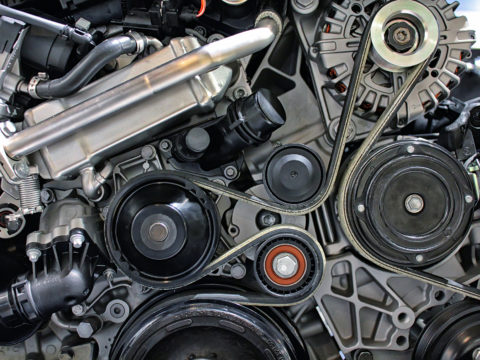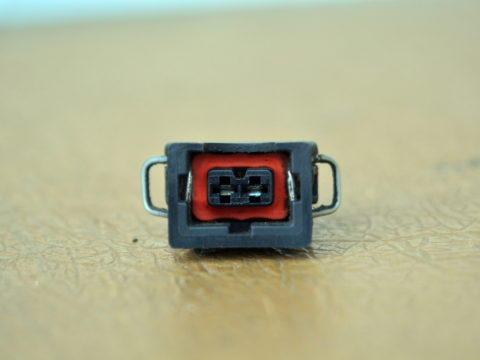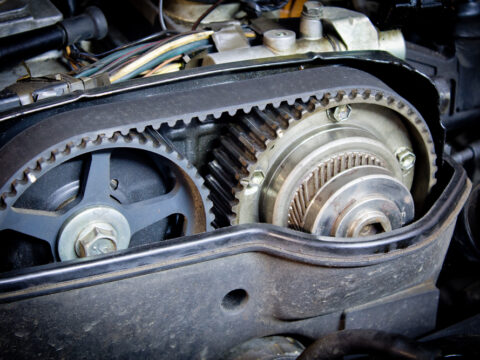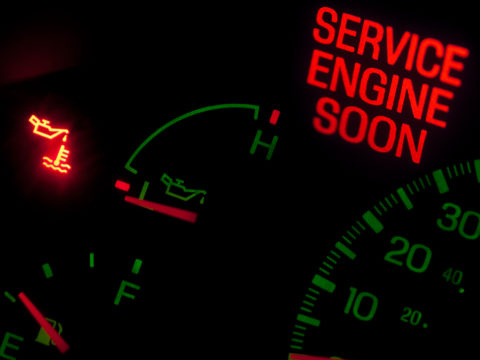When your car’s onboard diagnostics system detects that there’s something wrong with its engine, the check engine light will come on to inform the driver of this. However, the check engine light cant specify what the problem is.
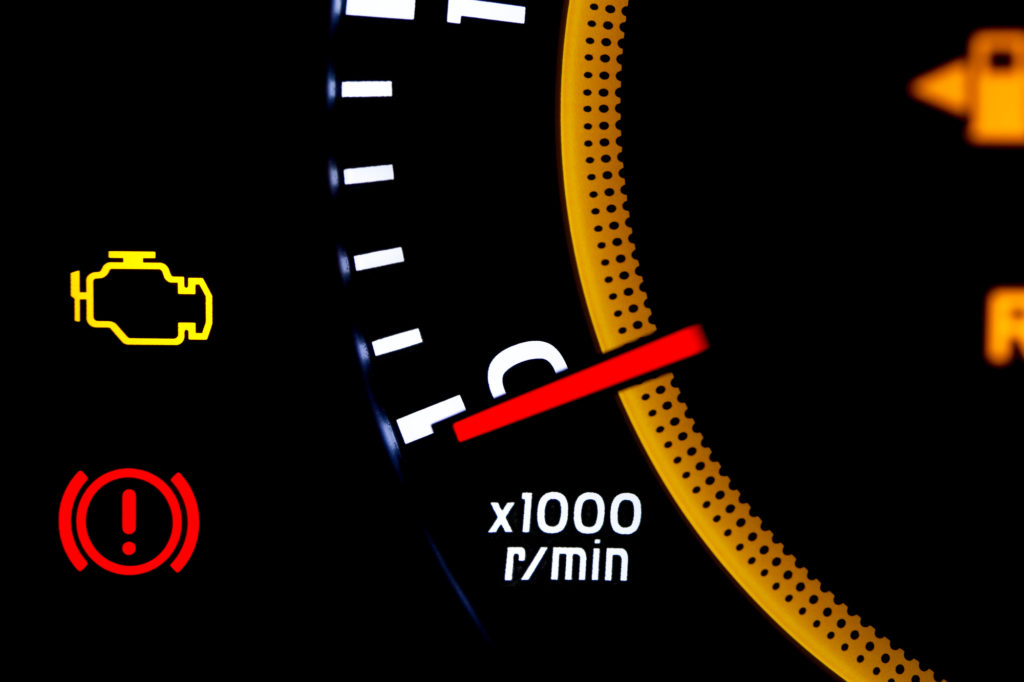
There are a plethora of reasons why your check engine light is on. Sometimes, a change in temperature is enough to cause the engine light to come on.
Contents
What does the check engine light mean?
The check engine light reflects any malfunctions detected by your car’s engine computer. If it switches on, then it means that the engine computer has detected a problem with either your exhaust systems, ignition, emissions, or fuel.
Specifically, it could be turned on because there are problems with your ignition coils, spark plugs, oxygen sensor, catalytic converter, and a number of other potential components that make up your car’s engine.
Check engine light symbol
You’ll be able to find the place of your check engine light on your dashboard. The symbol is engine-shaped, and it will illuminate orange whenever a problem with your car is detected. It’s essential to familiarize yourself with all the main dashboard warning lights of your car.
Can hot/cold weather cause the check engine light to come on?
Changes in temperature – particularly sudden ones – can cause the check engine light to come on suddenly, normally as a result of a malfunction due to the change in the climate. Extreme coldness or a sudden heat rise will likely trigger the engine light for various reasons.
Why does the check engine light come on in hot weather?
Here are the main reasons why your check engine light may come on in hot weather:
Cooling system malfunction
A common reason your check light comes on in the heat is to do with your cooling system. If the cooling system is not working accordingly, your car can easily overheat, having a knock-on effect on a number of the car’s sensors and functions.
Malfunctioning sensors
With the cooling system not working accordingly, there’s nothing to cool the car from overheating, causing several malfunctions. Specifically, the ignition coil and the fuel injectors could fail, which would trigger the check engine light. The failure of the cooling system could also weaken the battery.
Engine coolant level too high
On top of trying to cool down your car’s normal engine temperature, the engine coolant may be struggling to combat the increased temperature of the outside air. This can cause it to overheat and make it impossible for it to keep the engine at a reasonable temperature.
If this is the case, it’s important to switch the engine off as soon as possible. Severe damage can be caused to your engine if left to overheat.
A/C issues
In hot temperatures, you’ll be using your air conditioning more excessively than you would in cold weather. Therefore, the check light may be coming on due to an excessive amount of debris in your A/C system, hindering it from working effectively. There may also be issues with your cooling fans or thermostat.
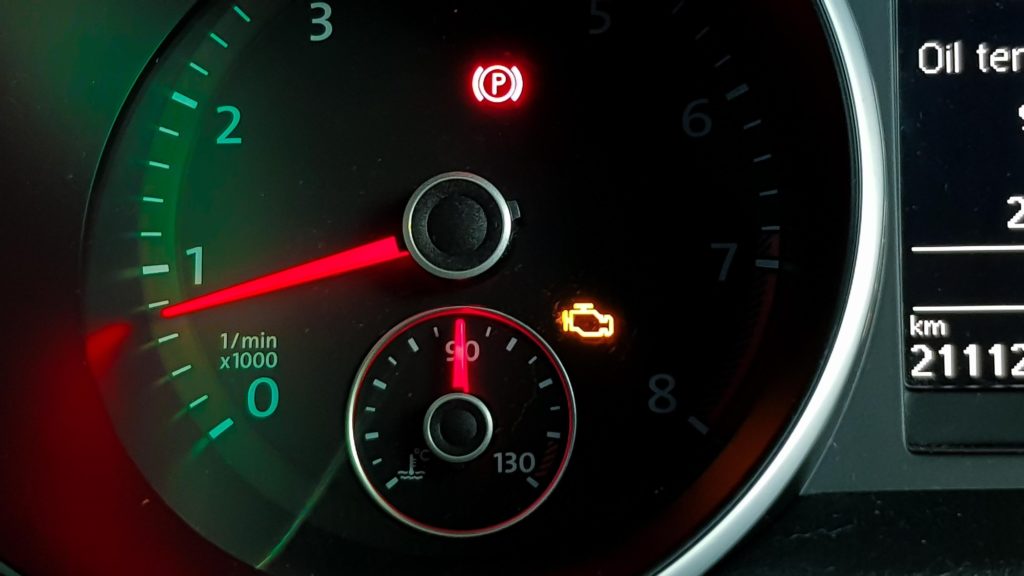
Why does the check engine light come on in cold weather?
There are also several reasons for your check engine light to turn on in cold weather, including the following:
Car battery issues
Your car requires more energy from the car battery during cold weather. If your car battery is dying, then it won’t be able to provide sufficient power for the vehicle to work. Due to this, your check engine light will come on.
Low pressure in the vehicle tires
For every 10 degrees that temperatures drop, tire pressure decreases roughly 1 pound per inch. This doesn’t mean that the air is escaping from your tires, but rather taking up less space by decreasing. Reduced tire pressure could trigger the check engine light in cold weather.
Low oil pressure
Like all liquids in your car, freezing temperatures cause car oil to thicken and congeal. Not only does this make the oil flow slower through your vehicle, but it becomes difficult for the oil pump to push oil through the filter, causing low oil pressure.
Faulty oxygen sensor
Several sensors can be affected by cold weather, including the oxygen sensor. If your oxygen sensor is already faulty, it will likely be negatively impacted by the cold weather and start sending incorrect signals, causing your check engine light to come on.
Additionally, a build-up of moisture, snow, or ice around the bottom of your car could block a number of your car’s sensors, triggering your check light.
Is it safe to drive with the check engine light on?
You need to keep an eye on the check light to determine whether or not it is safe to drive. If the light is blinking or giving off a solid red glow, then this means that you should pull over as your car needs immediate attention. This sold red glow only appears on some cars, while the flashing feature appears on most cars.
If the light is solid or has remained orange (or yellow, depending on your car), then your engine problems are not as serious, and it should be safe to drive for the time being. However, you should aim to get your car checked by a mechanic as soon as possible.
What to do when the check engine light comes on
The first thing you should do is to double-check you’ve not left the gas cap off since the last time you refueled your car. Fastening a loose gas cap is an easy quick-fix to your check engine light problem and stops you from taking more troubleshooting measures.
If this is not the case, you should troubleshoot your car to check for any serious problems. Specifically, check the dashboard gauges and oil pressure.
Even if you don’t notice anything yourself, you should aim to get the car professionally checked.

